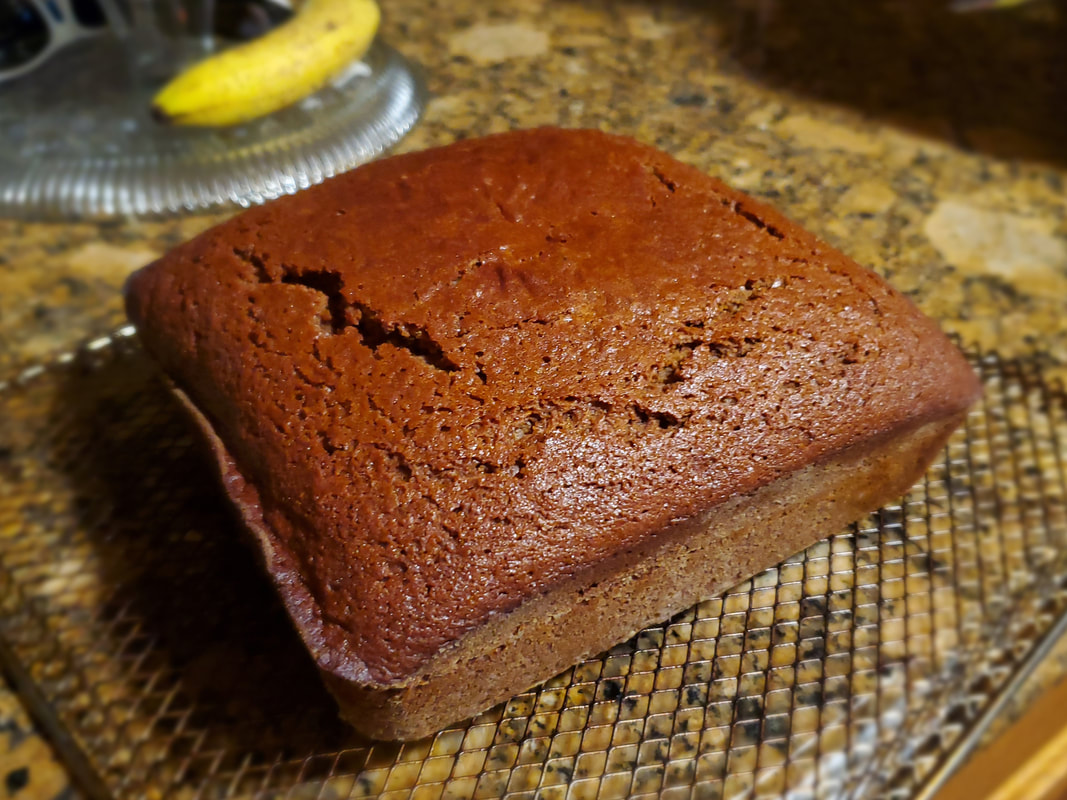In a large saucepan over medium, heat the oil until shimmering. Add the shallots and ginger; cook, stirring often, until lightly browned, 3 to 5 minutes. Add the curry powder and cook, stirring, until fragrant, about 30 seconds. Add the chicken, potatoes, fish sauce and ½ teaspoon pepper; scrape up any browned bits.
Stir in the coconut milk and 1 cup water. Bring to a simmer over medium-high, then cover partially, reduce to medium and cook, stirring occasionally, until a skewer inserted into the potatoes and chicken meets no resistance, about 30 minutes; the curry will be only lightly thickened. Off heat, stir in the lime zest, juice and cilantro, then taste and season with salt and pepper. Serve over rice or rice noodles.
0 Comments
Where did the Blue Plate special go? I am a big fan of anything made with ground beef. I love hamburgers. That is my favorite food of all times! And to me, there’s nothing better than a good, simple meatloaf served with buttered parsley potatoes and a green salad. Here is a simple, direct to the point meatloaf that will not fail you. Meatloaf
Preheat oven to 375°.
Saute the onion in butter until tender. When the onion has cooled, combine with all other ingredients in mixing bowl and mix well. Shape meat mixture into loaf and bake for at least 1 hour. Serves 6 If you like, at the end of the cooking, you may add ketchup to the top of the meatloaf This recipe is totally inspired by Dorie Greenspan's wonderful cookbook, Baking with Dorie. One little housekeeping note—if you bake a lot or plan to bake a lot, I strongly suggest you invest in a good baker’s scale. Classic Chocolate Chip Cookies
Who’s your Mama, are you Catholic, and Can you Make a Roux? This is the name of a 2-collection set of cookbooks that are considered Louisiana classics and written by Marcelle Bienvenu. Marcelle is a friend - she is an amazing chef and food writer. You may remember her column in the Times Picayune called, Cooking Creole! Several years ago, Marcelle wrote an article about a cake — a simple cake called Gateau de Sirop. This cake is a very simple cake to make, but Marcelle quoted her mom in her article regarding the secret to the success of this cake, and that secret is boiling water, and I repeat — boiling water. Now, by now you’re probably wondering what is a Gateau de Sirop. It is just a Syrup cake that is highly praised in South Louisiana. So every good Catholic should have this cake in their recipe repertoire! Gateau de Sirop
Thank you Travis Dunn for providing us with the photo of your Gateau de Sirop!
A good buttered biscuit will do you well! One of the wonderful things about spending summers on my grandparents' farm (in central Louisiana, Natchitoches) was my grandmother's cooking, things cooked fresh from my grandfather's garden on a daily basis. Family members to this day still tease and joke about me and my cousins and how much milk we could drink on a daily basis. And it didn't help that each morning my grandmother would make from scratch biscuits that were so amazingly delicious! Now one of the things that I am blessed with is to have my grandmother's crockery bowl that she used to make her biscuits in. She would use this bowl on a daily basis every morning to mix her biscuits from scratch. I am happy to share this recipe for biscuits, and I hope you will find it delicious. Biscuits
Preheat oven to 450°. Combine flour, baking powder, and salt in bowl. Cut in shortening with a pastry blender or a fork until crumbles are the size of peas. Blend in the milk with a fork or spoon—it should form into a ball and pull away from the bowl.
Turn dough onto a lightly floured board and knead gently. I do not roll out my biscuit dough; I patted it out by gently pressing on top of the dough. Use a 2-inch biscuit cutter or cookie-cutter and cut out biscuits. Place on a lightly greased baking pan. Bake until golden brown—about 8 to 10 minutes. One of the reasons that I love cooking is because Jesus shared and ate meals with everyone, including sinners. Just as Jesus shared and ate meals with everyone, I look forward to sharing with you my cooking experience, my thoughts, and the things that I love about my kitchen, the heart of my house. And so, each week, I will share recipes and cooking techniques with you and answer any questions you may have. Here’s my first recipe: Bishop's Cake
This cake was inspired from a wonderful Louisiana cookbook called River Road Recipes. If you have any questions or comments, please email me at [email protected]. In Christ, Fr. Ken P.S.: I am now reading and cooking from the books entitled, The Food Lab and The Wok: Recipes and Techniques, both written by J. Kenji López-Alt. |
Author
Fr. Ken became pastor of Our Lady of Lourdes in July of 2022. Read his bio here. Looking for the archive of Fr. Bryan's Pastor's Blog? Click here.
Archives
January 2023
Categories |


 RSS Feed
RSS Feed